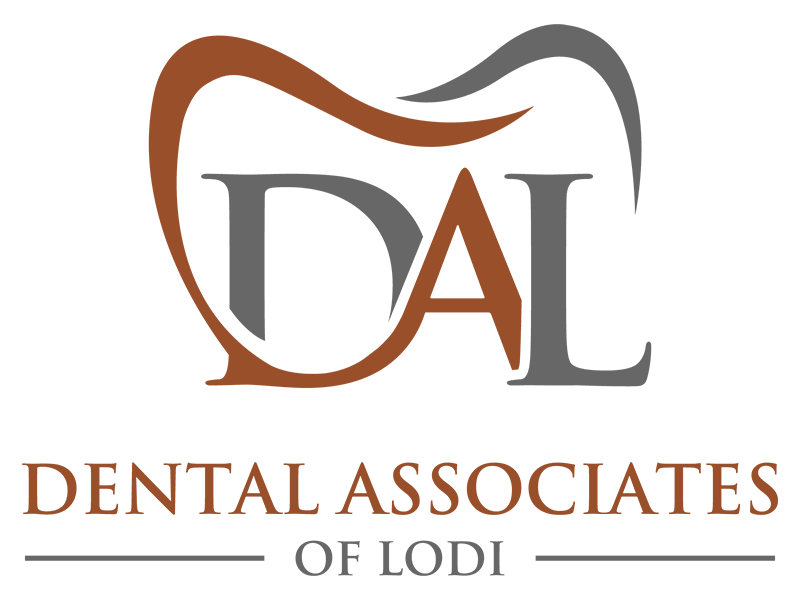The most common ways to replace a missing tooth are a dental implant and a dental bridge. Both have their own advantages and disadvantages, so you should take the time to fully understand each procedure. This will ensure that you make the decision that best meets your needs and goals.
Cost Considerations
The up front cost of a dental bridge is significantly lower than that of a dental implant. However, when amortized over a lifetime, a bridge is far more expensive. That’s because dental implants can easily last for the rest of your life, while dental bridges need to be replaced, on average, every 10 years. If you are on a tight budget, you may prefer a dental bridge. If you can make the investment, though, a dental implant is the better way to go.
There are additional considerations beyond price, though. Here is what else you should take into account.
What Is a Dental Implant?
A dental implant is a tiny screw made of biocompatible titanium that is placed in the jawbone. After healing for three to six months, the implant will be fused with the jawbone, replacing the tooth roots. It will then be topped with a permanent restoration. During the healing process, you will wear a partial denture or other temporary restoration, unless you receive an immediate load implant.
Advantages of Dental Implants
Advantages of dental implants include:
Natural look and function: Dental implants are the closest to natural teeth in both form and function.
Jawbone health: Jawbone deterioration begins when a tooth is lost and continues for the rest of your life. A dental implant halts and even reverses this bone loss.
Preserving adjacent teeth: A dental implant has no impact on the neighboring teeth.
Virtually maintenance-free: Simply practice excellent oral hygiene and see the dentist twice per year, and your dental implant can last a lifetime.
Disadvantages of Dental Implants
Dental implants also have some disadvantages, including:
Surgery: Dental implant placement is considered a minor oral surgery, and all surgeries carry a very low risk of complications such as nerve damage or infection. These risks are slightly higher, though still quite low, for those with underlying medical conditions such as diabetes or heart disease.
Time: Unless you receive an immediate load implant, you will need to use a temporary solution for three to six months, allowing the bone to heal.
What Is a Dental Bridge?
Anchored to the adjacent natural teeth, a dental bridge spans the gap where one or more teeth in a row are missing.
Advantages of Dental Bridges:
Unique advantages of a dental bridge include:
Simplicity: Dental bridges require no oral surgery. We simply prepare the teeth and bond the bridge to them.
Speed: A dental bridge takes just two appointments and a few days to complete. First, we will prepare your teeth and take dental impressions. When your bridge comes back from the dental lab, you will return for us to place it.
Disadvantages of Dental Bridges:
Of course, dental bridges have their own disadvantages, including:
Adjacent Tooth Damage: Placing a bridge requires us to remove healthy tooth structure from the neighboring teeth, putting them at higher risk for future decay or fracture.
Less Aesthetic: Dental bridges are quite natural in appearance, but they connect the teeth to each other. A dental implant is independent of the other teeth, heightening the aesthetics.
Periodic Replacement: While dental implants can last a lifetime, dental bridges must be replaced approximately every 10 years.
Ready to Get Started?
If you are in Lodi, and you are ready to learn more about dental implants or dental bridges, please contact Dental Associates of Lodi today at (862) 247-8030 to schedule your initial consultation.


